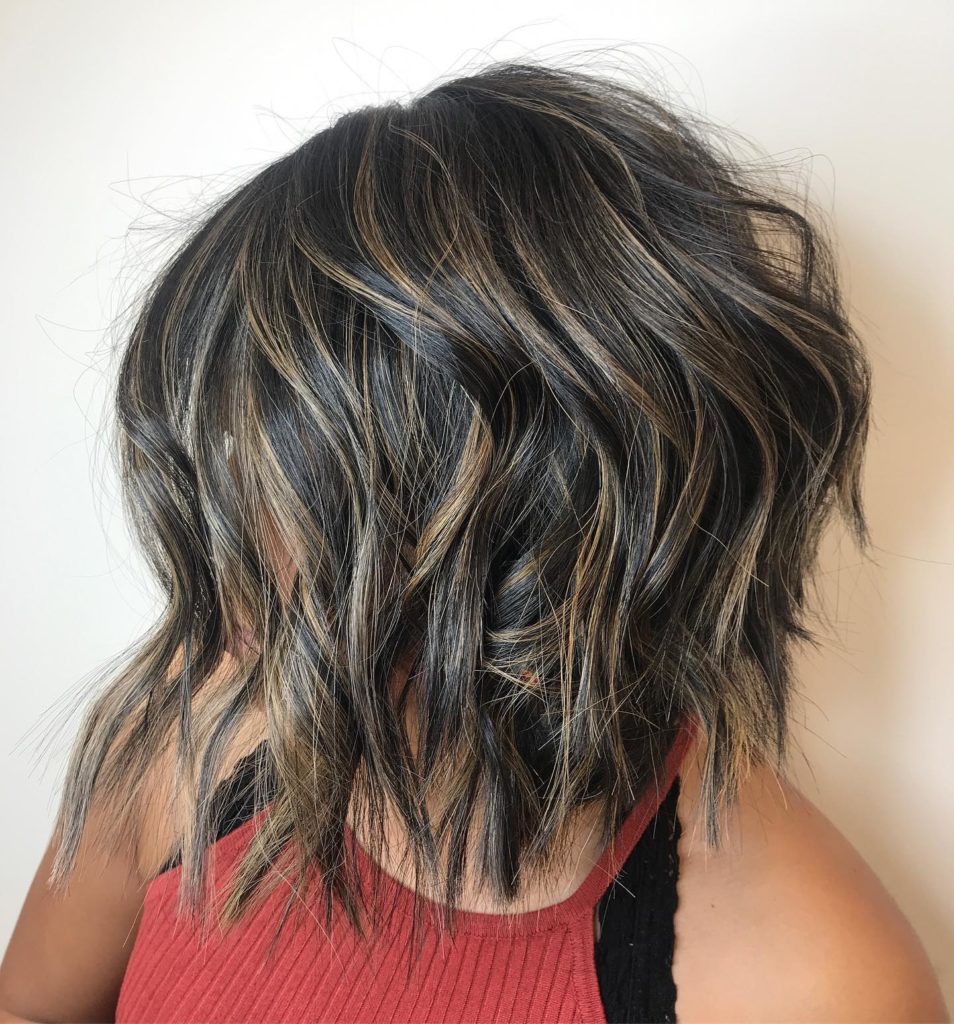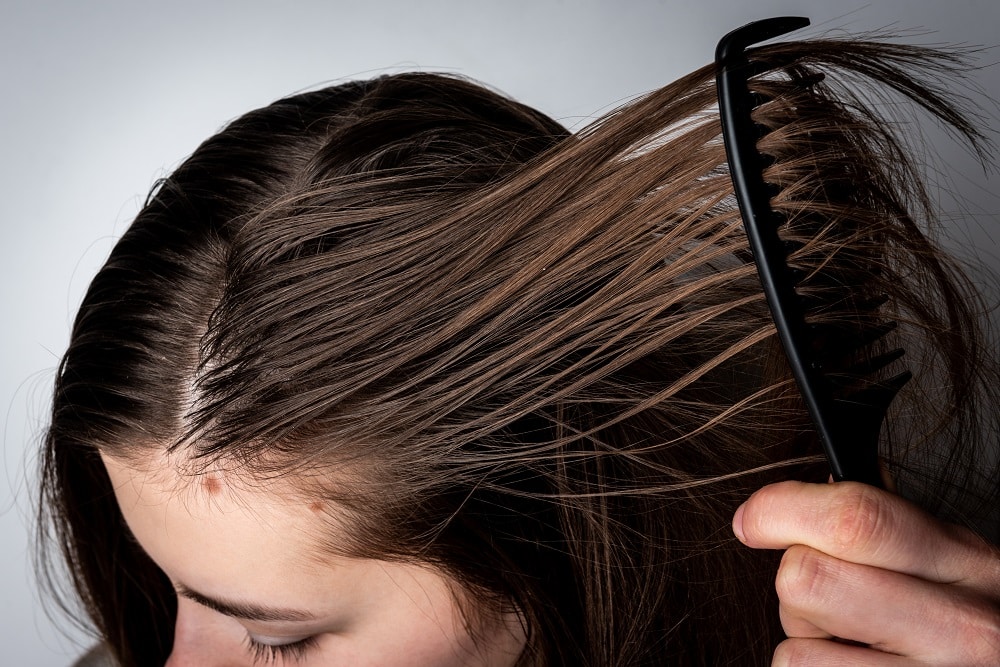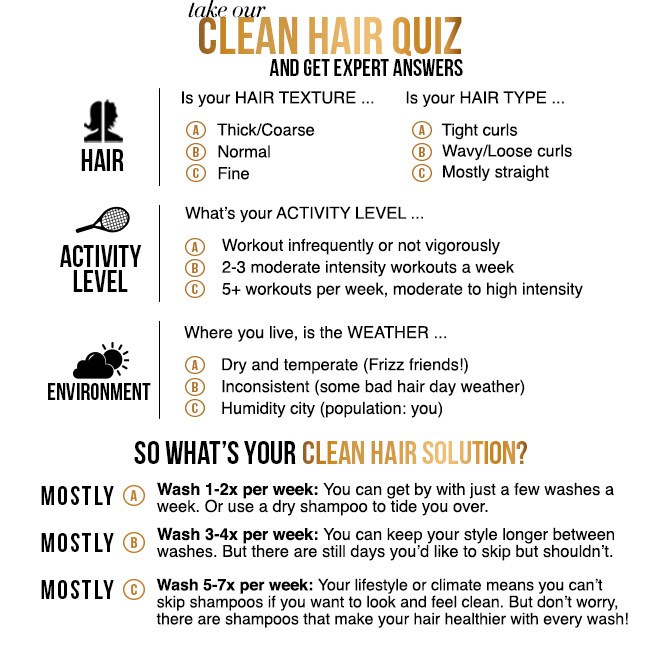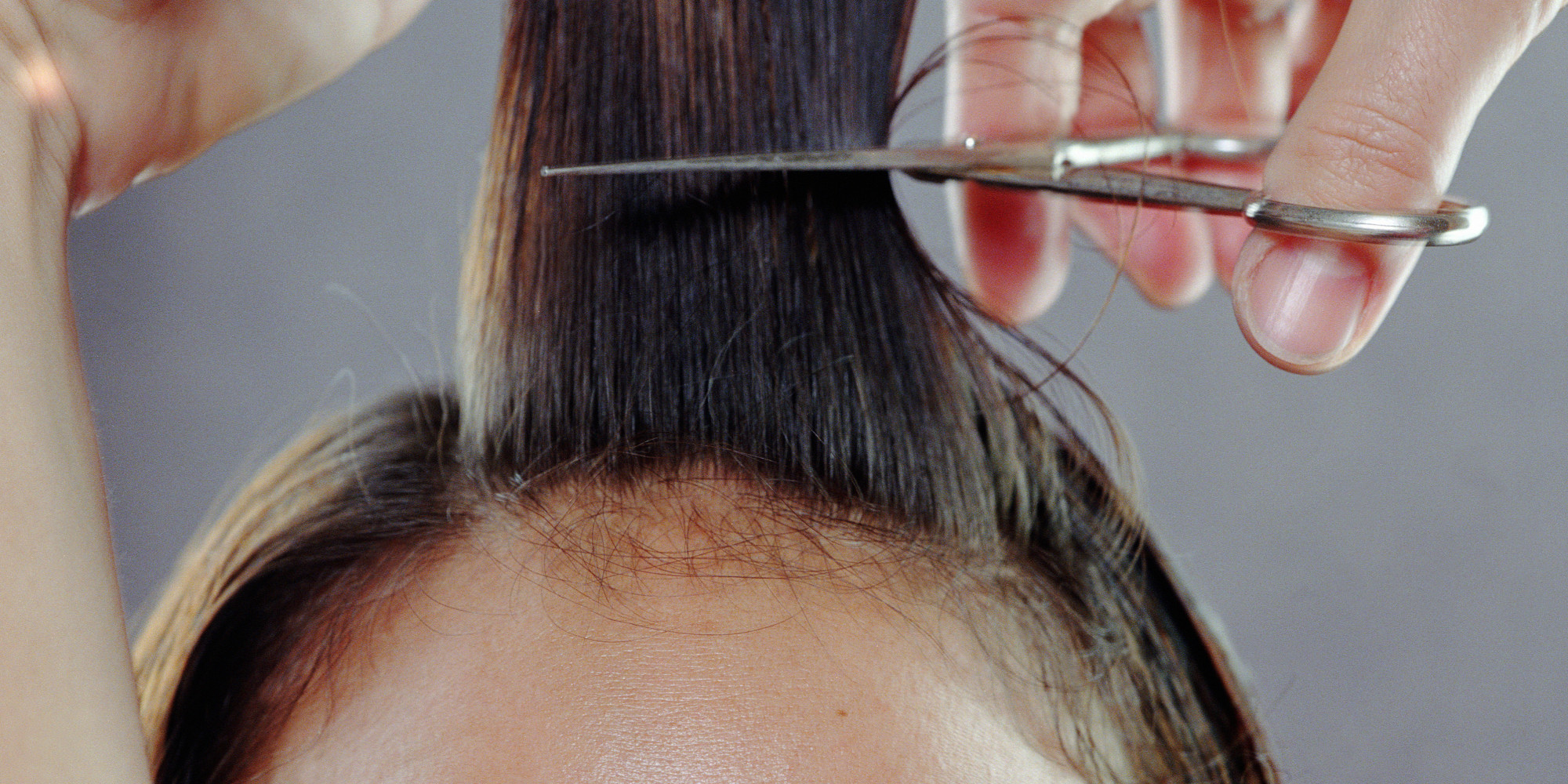Table Of Content

Cutting vertically into the hair is more forgiving in case you’re not blessed with a steady hand. To trim your hair at home, start by sectioning your hair into at least four sections. Divide your hair in half from ear to ear, tie or pin the top half up, and then section the top half and the bottom half into their own sections with a hair tie, scrunchie, or clip. “It helps you focus and will help you trim to the same length in each section,” says Brown. And if you have really long or thick hair, Brown says you can take it a step forward and divide each of those four sections in half too. Once you’ve shaved the bottom section, let some more hair down and shave the next section with a slightly longer clipper attachment.
Master Cutting Your Own Hair Short
The shortest point to begin your face framing layers is at the same level as your nose or cheekbones. We'd never advise learning how to cut your own hair instead of making an appointment with your hairdresser. If you usually wear your hair parted to one side, then position the ponytail on that side, directly in front of where your part would be. To glide your shears down safely, you want to pulse your two fingers as they go down subtly.

How to trim your split ends on dry hair
Finally, let the top of your hair out and cut that with the longest clipper attachment, or just trim with scissors, letting hair fall in the preferred direction. Blend sections of different lengths with your thinning scissors or ask a trusted friend to do it. Start by scooping the top-zone of your hair into a horseshoe parting and tie it up with a bobble. This is absolutely essential as you don’t want to cut the top section too short! Then, pin up any other wisps of hair that you don’t want to be as short as the hair around your ears and at the nape of your neck.
How to Maintain a Short Pixie Cut at Home
Clean up any choppy ends with small, precise cuts for best results. You've likely seen a stylist use this method on you numerous times, but if you're having trouble picturing it, there are plenty of YouTube tutorials demonstrating how to do it. YouTube tutorials in general, Fitzsimons points out, can be a great source of guidance when learning how to cut your own hair.
Marjan recommends pulling the hair straight upward with your fingers because it's the easiest way to make sure the length is even overall. Then, place your scissors parallel to the hair peeking through your fingers and snip hairs vertically rather than straight across. So, if you've recently visited a pro and your hair still feels relatively healthy, you can wait a little longer to snip your ends. “If you have a super short bob, it will grow into a classic looking bob. If you have a long bob it will grow into medium length hair.” All of which are still trendy and will look good.
43 Best Layered Haircuts & Hairstyles To Give Instant Cheekbones - GLAMOUR UK
43 Best Layered Haircuts & Hairstyles To Give Instant Cheekbones.
Posted: Wed, 10 Jan 2024 08:00:00 GMT [source]
You can usually find her sorting through piles of beauty products — and testing the best ones on camera. Dull edges on household scissors could potentially give you even more split ends (plus, ew, cross-contamination). Now that you've got the basics down, we've rounded up the best instructional videos below to help you cut your own hair at home, no matter what kind of cut you're looking for. Sometimes, you just can't make it to a salon chair for one reason or another, or maybe you're just unwavering in your dedication to learning how to cut your own hair. Whatever the story is, if you're going to reach for the shears anyway, you might as well let us guide you.
Cutting the Back Section of Hair
The best thing about this style is that it’s really easy to do and if you didn’t get it right the first time, you can simply wear your hair down and no one will notice (if you don’t go too bold, of course). Trimming your hair a little longer than your desired length is a good idea for two reasons. Firstly, hair cutting can get tricky and if you have made a mistake, you’ve got some leeway to fix it. Second, if you’re cutting your hair while it’s wet, then it will usually look shorter once it has dried. First and foremost, your main tool will be a pair of sharp hair scissors. Be sure to invest in a fine-tooth comb, as it is essential to smooth out disobedient hair before every snip.
The idea is to keep your hair from looking stringy or too outgrown. Start with small cuts as you can always take off more hair, not vice versa. Below, New York-based hairstylist Erickson Arrunategui breaks down the dos and don'ts of cutting your hair at home. If you’re going to attempt to maintain your ‘do at home, gear up with the right professional tips and tools to make your hairstylist proud when this is all over. Remember, this isn’t your typical DIY project, so we urge you to proceed with caution (preferably before any sort of Zoom wine happy hour) to avoid quarantine hair disasters.
Make sure you have the right hair-cutting tools
“Then use that piece as a guide for the rest of the hair.” Make sure to have a set of alligator jaw clips on hand to safely secure any stray sections while cutting. The time has come to take matters (and scissors) into your own hands. Typically, we would not advise anyone to cheat on his or her hairstylist—let alone cut your hair at home—but as they say, desperate times call for desperate measures.
By keeping your shears open and making delicate pulses—never fully closing them together, let them glide down the front of the hair. This YouTuber shares her trimming technique for her gorgeous natural locks. For her, it's all about detangling and using your fingers for a more precise cut, and using already-cut hair as a guide to keep everything nice and even. Anyone with straight hair can use these foolproof methods to make sure your DIY cut is nice and even.
This will soften our lines and give us another chance to eliminate any frayed-looking ends. It will also help us lighten things up wherever the hair appears bulky. We can gradually separate our layers by point-cutting directly into a single spot. For this particular cut, I suggest a method called slide cutting. Slide cutting is a gentle approach that enables flexibility and less room for error.
Marjan says make sure hair is dry and styled the way you usually wear it, “so you have a clear and realistic vision of the cut. “All of these factors cause your hair to change and may be a challenge to cut at home and get the desired results,” she warns. And FWIW, I’m not just trying to be a bummer or crush your impulsive 11 p.m. I-want-new-hair-right-now dreams—I just want you to do what’s best for your hair, k? “A trim is definitely better if you go with a pro,” says hairstylist Kamara Brown Lewis.
Now that you know what tools you need and the basics of trimming, here are a few tutorials that will give you a visual and step-by-step breakdown of exactly how to trim every hair type. If you have very curly hair, try a DIY Deva Cut, another technique that requires dry natural hair. Instead of brushing out your hair, just separate the curls with your fingers. Comb out small sections with a fine-tooth comb, clamp it between two of your fingers, and then snip upwards with your scissors.
This approach offers improved visibility of split ends that require attention and provides a better sense of how your hair will naturally fall. Nevertheless, visiting a professional should still be your first choice for achieving the best possible results. "Find someone who has a cut similar to what you're looking for and make sure they have a similar hair type," he advises. That especially goes for people with curlier hair that might benefit from a different cutting method. Just make sure you're only watching tutorials hosted by licensed professionals. Marjan recommends working in sections that are just an inch or two wide (when spread as thin as possible between your fingers) and starting at the very front.
In fact, if your strands are curly or you're wavy-haired, only cut your hair when it's dry so you can get a better idea of what the final look will be. If you have straight hair, you can cut while it's wet or dampen it with a spray bottle first to get the cleanest, sharpest lines possible. If you have long hair and you’ve been wondering how to cut your own hair in layers, bobbles are the answer.





